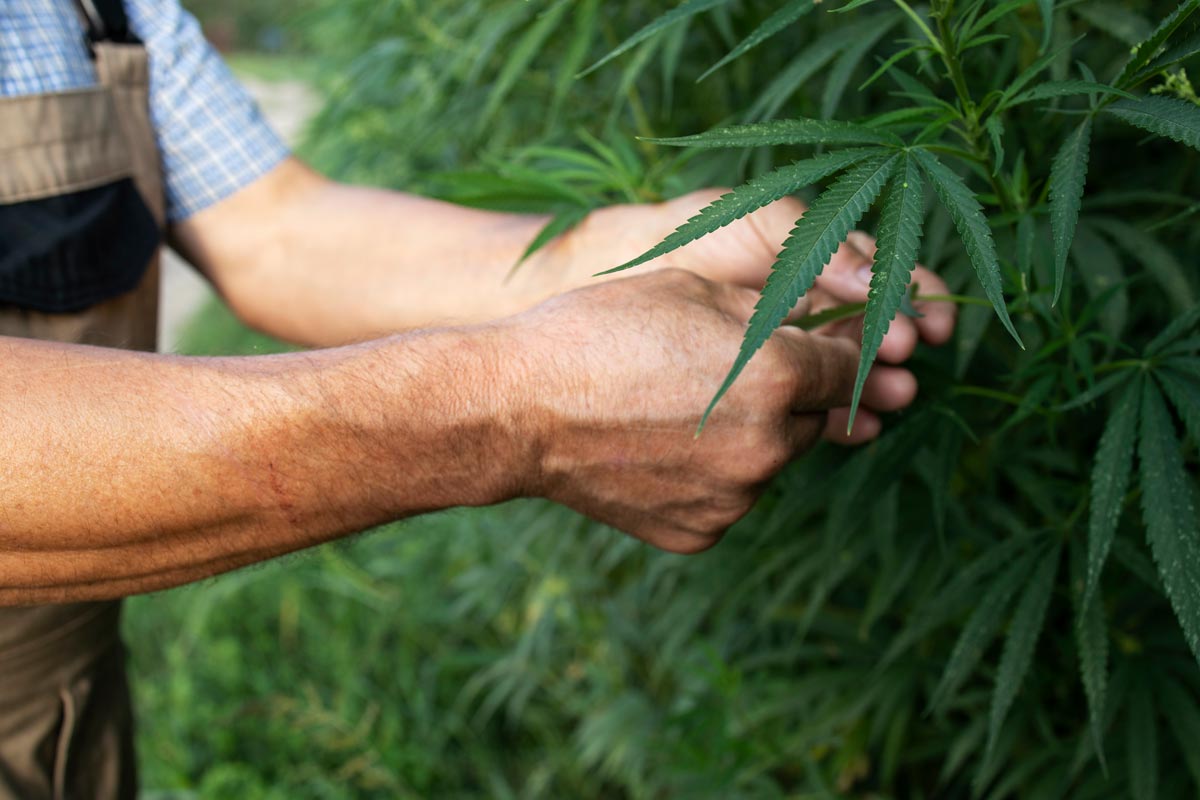Marijuana, also known as cannabis, has been used by humans for millennia, primarily for its medicinal and industrial benefits rather than recreational purposes. The cannabis plant first emerged in Central Asia before gradually spreading to Africa, Europe, and eventually the Americas through human migration and global trade. During the colonial era, farmers in places like Virginia and Massachusetts were legally required to grow hemp, which had negligible levels of THC, and thus no psychoactive properties.
There is substantial evidence that some ancient societies were aware of marijuana’s mind-altering properties and may have used it for spiritual or ritualistic healing. While these historical uses highlight its cultural significance, modern interest also includes understanding the business side of cannabis, as the industry continues to grow rapidly. Archaeological findings show burned cannabis seeds in ancient burial sites in China and Siberia dating back to 500 BC.
Medical Use
Cannabis has a rich history in medicine. Medical research by Irish doctor William Brooke O’Shaughnessy in the early 19th century demonstrated that cannabis extracts had potential therapeutic effects for cholera-induced nausea and vomiting. Within, decades these remedies were routinely stocked in European and American pharmacies. Today, the U.S. Food and Drug Administration has approved THC-based medications like Marinol and Syndros for managing chemotherapy-related nausea and appetite loss in debilitated AIDS patients.
Recreational Use and Prohibition
Recreational use of marijuana appeared in ancient cultures, including Central Asian nomads known as the Scythians, and became widespread in the Middle East through hashish. The practice spread in the U.S. during the early 20th century, particularly through Mexican immigrants during the Mexican Revolution. However, anti-immigrant sentiment and heightened fear during the Great Depression fuelled negative views of marijuana, leading 29 states to ban it by 1931.
Federal cannabis prohibition began with the 1937 Marijuana Tax Act, which effectively outlawed it through punitive taxation and regulation. Samuel Caldwell was the first person prosecuted under this law, just one day after it took effect.
Legal Shifts
Despite limited evidence, cannabis was placed in Schedule I the same category as heroin and LSD under the justification that it had high abuse potential and no medical utility. The legalization of medical marijuana began with California’s 1996 approval, marking a pivotal moment in U.S. drug policy. By 2019, 11 states and Washington, D.C., had legalized marijuana for recreational use, although federal laws still strictly prohibit it.
Modern Impact and Concerns
Today, marijuana remains a polarizing issue. While many advocate its medical benefits and personal freedoms, concerns persist about its mental and physical effects. Users may feel relaxed or euphoric, but high doses can cause intense anxiety or panic. Notably, marijuana has become more potent: average THC levels rose from about 4% in the 1990s to 12% in 2014, with some modern strains reaching as high as 37%. Like many nations, the U.S. continues to experience significant shifts in both the legal framework and public perception of cannabis.











